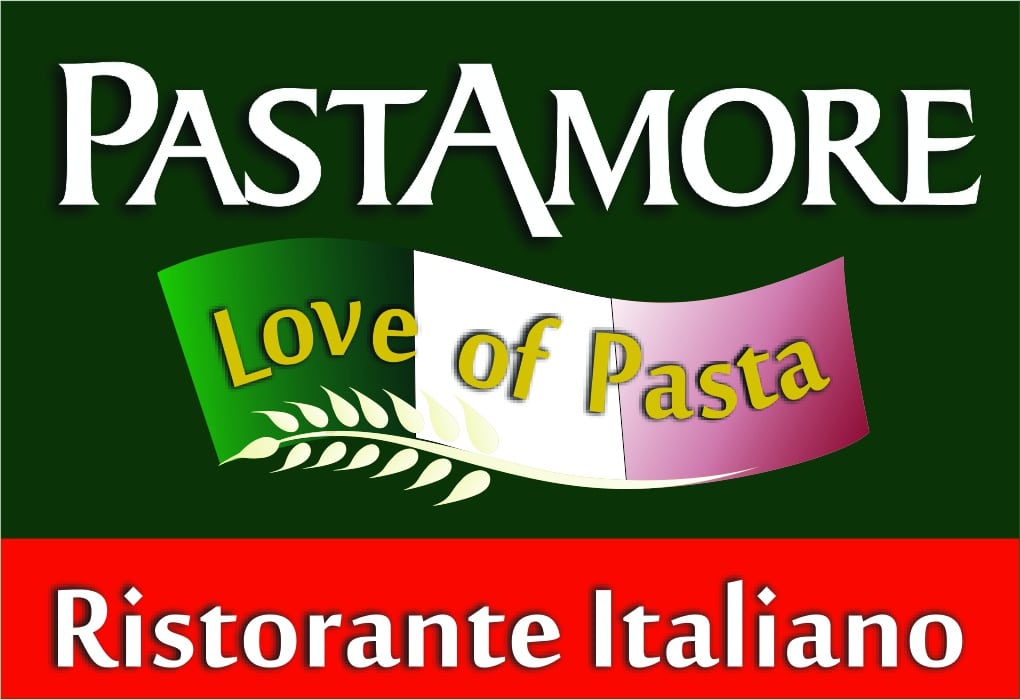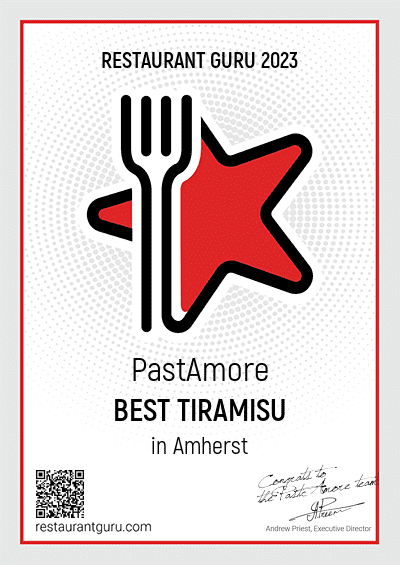
So we know that gelato isn’t the only (or even the best) metric to rate Italian restaurants, but it is certainly a good sign if a restaurant gets this Italian dessert classic right. And as we get into summer and warm weather, finding a restaurant that can finish off your meal with a cool treat is a must. But how do you know if you’ve found a restaurant that serves good gelato? At PastAmore, serving authentic Italian food from antipasti through to dessert is important to us.
In the spirit of authentic cuisine and Italian restaurants, let’s talk gelato and how to spot the good stuff.
It’s been around for centuries.
While sweet frozen treats we served as far back as 4000 years ago in China and Egypt, what we would recognize as gelato first appeared in Italy and Sicily in the 16th century. We don’t know exactly who first invented it, but food historians often attribute it to Bernardo Buontalenti. This Florence native impressed Catherine de Medici with his gelato and it quickly spread across Italy and soon the rest of Europe. Gelato came to the U.S. around 1770. American ice cream took over, however, and gelato took a backseat for a while. In the early 20th century, gelato made a comeback and is still popular in the U.S. and all over the world.
It’s not just “Italian ice cream.”
For the sake of simplicity, people often say that gelato is Italian ice cream. While that’s not exactly wrong, it’s not quite right either. Gelato contains less fat than ice cream because it is made with milk rather than cream. It is also denser than ice cream because it does not have air whipped into it. The slow-churn process gives gelato its signature dense, creamy texture. It is also usually stored and served about 10 degrees warmer than ice cream.
It’s the flavor, not the color.
The mistake that some Italian restaurants make with their gelato is adding artificial colors to it. Spotting good gelato often comes down to the color. This is a trick guides tell travelers to use even when they are in Italy. If gelato has bright, vivid colors, stay away. That means artificial colors have been added to punch up the look. The color of gelato should always look natural and even muted. For example, lemon should look whitish rather than bright yellow.
How do your favorite Italian restaurants stack up?
If you’ve never tried gelato or you are still looking for some that compares to what you had on that trip to Italy years ago, come to PastAmore! We pride ourselves on our authentic Italian cuisine made from quality ingredients—including our gelato.




